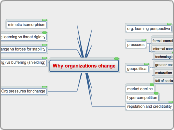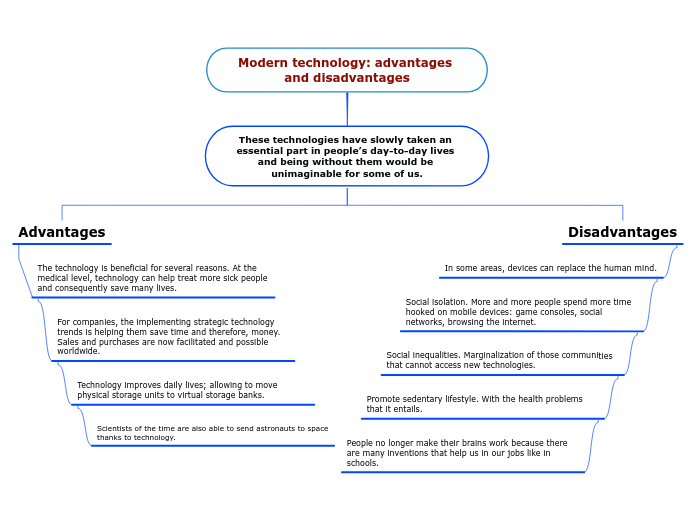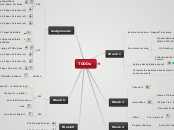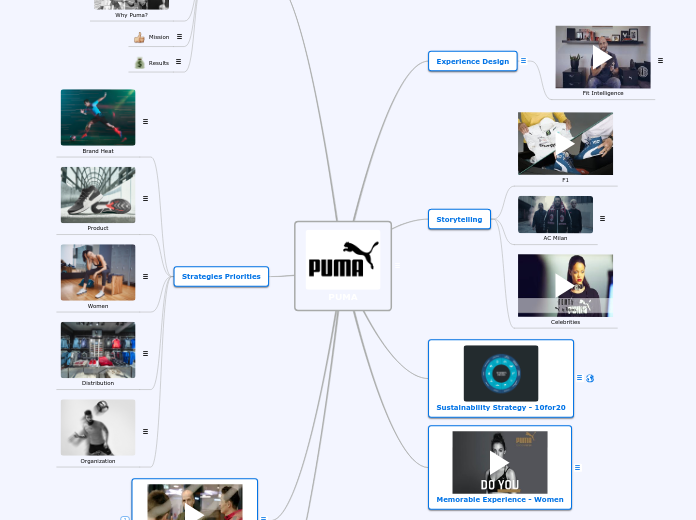How does technology improve mathematics and problem solving and differentiated instruction?
This is my central research question, I found some research that verifies that technology can effectively be used to teach problem solving in math classes as well as some specfic online resources that can be used in the classroom for problem solving and differentiated instruction.
What are some of the specific technologies that can be used to enhance problem solving and differentiated instruction in mathematics.
General Ideas
There are countless resources on the internet that can be used for problem solving and differentiated instruction, this is just a short list of some of the more common examples.
Computer Algebra Systems (CAS) or Graphing Calculators
Games
Algorithsms and Heursitcs
Webquests
Podcasts
Offroad Algebra
Math pickle
Gamestar
How can thinking skills be taught with technoogy in a math class, and is there research that supports this approach?
11th International Conference on Mathematical Education
"Research has shown that technology is an effective tool for teaching problem solving"
"Problem solving is an activity, which provides students with opportunities to construct and experience the power of mathematics. It is also an instructional approach, which provides a consistent context for students and teachers to learn and apply mathematics."
Thinking Skills in Education and Life Integrating Technology in Math Classrooms
"Whenever students are thinking creatively and critically about ways to increase the quality of life they are actively involved in practical problem solving skills.
questions and tasks designed around thinking skills invite students to think mathematically, formulate and communicate new ideas, justify procedures, and defend the reasonableness of their answers."
"Learning to solve problems is the principal reason for studying mathematics."
MATHEMATICAL PROBLEM SOLVING by
James W. Wilson, Maria L. Fernandez, and Nelda Hadaway
"Problem solving as a method of teaching may be used to accomplish the instructional goals of learning basic facts, concepts, and procedures, as well as goals for problem solving within problem contexts. For example, if students investigate the areas of all triangles having a fixed perimeter of 60 units, the problem solving activities should provide ample practice in computational skills and use of formulas and procedures, as well as opportunities for the conceptual development of the relationships between area and perimeter. The "problem" might be to find the triangle with the most area, the areas of triangles with integer sides, or a triangle with area numerically equal to the perimeter."
"To become a good problem solver in mathematics, one must develop a base of mathematics knowledge."
"Most formulations of a problem solving framework in U. S. textbooks attribute some relationship to Polya's problem solving stages. To Polya, problem solving was a major theme of doing mathematics and "teaching students to think" was of primary importance. "How to think" is a theme that underlies much of genuine inquiry and problem solving in mathematics."
What are some of the ways technology can be used to view a problem in a different way.
General Facts
These are conclusions I came to after reading information on these sites:
http://books.google.com/books?id=pNLH8anjrDkC&pg=PA2&lpg=PR5&ots=DmSLwv9By_&dq=technology+differentiated+instruction&lr=#
http://www.cited.org/library/site/media/Differentiated%20Instruction%20Using%20Technology%20UPDATE12%205%2007.pdf
http://www.wested.org/cs/tdl/print/docs/tdl/home.htm
Technology can provide assistive and accessible tools, students can also create customized tools.
Technology can be used to analyze assessment data to guide instruction.
Webquests are a good way for students with varying abilities to work at their individual level.
Technology allows students to work at a different pace and on different levels without an overwhelming amount of work for the teacher.
Specific Resources (hover over the icon for a description)
iLearnTechnology
Progress Monitoring
Word to Word
Techmatrix









